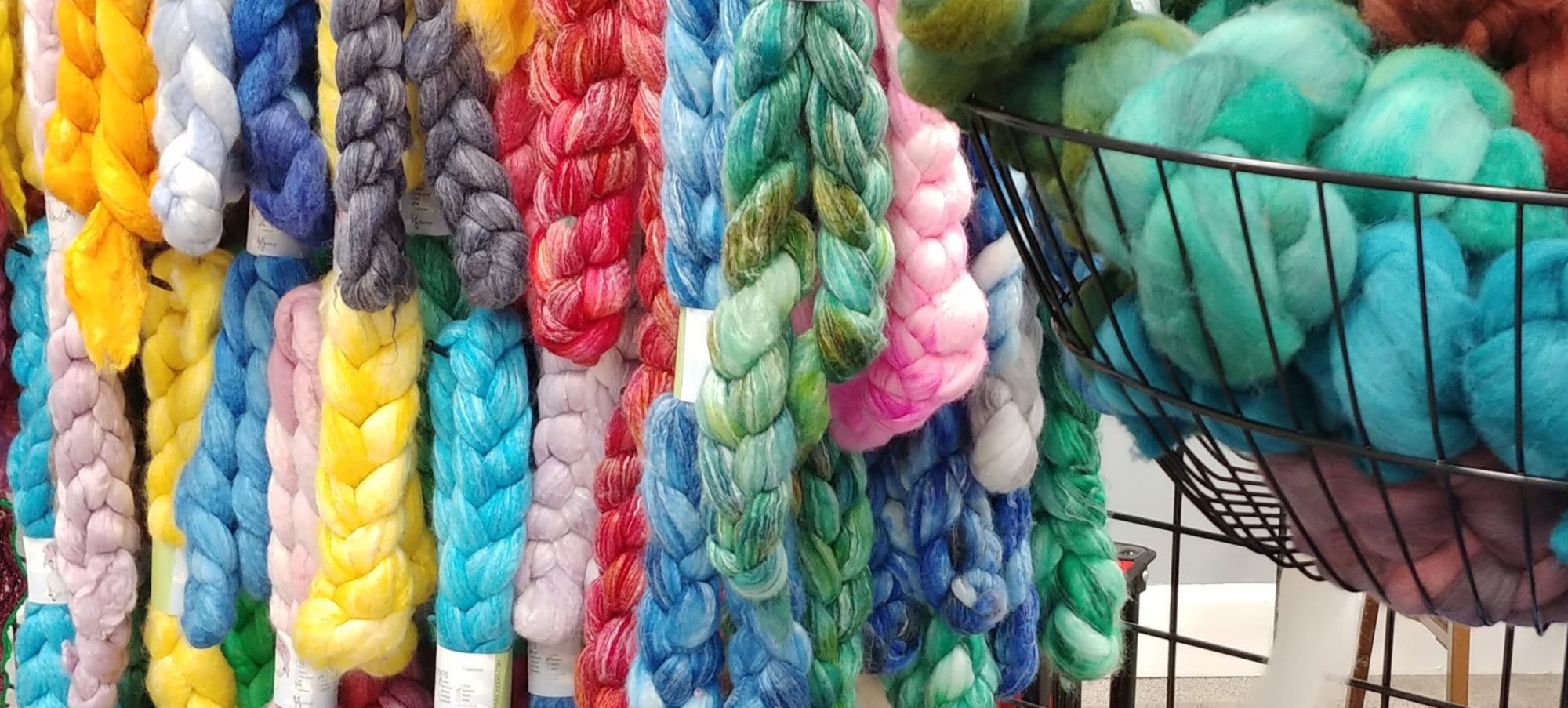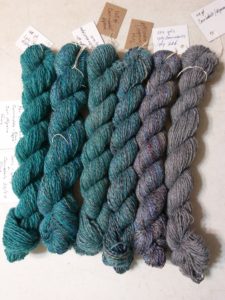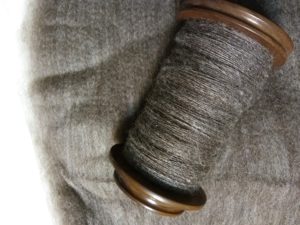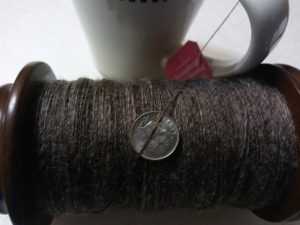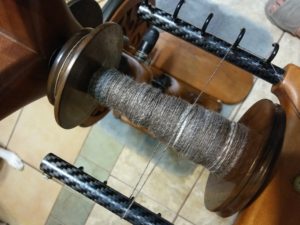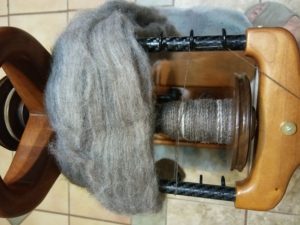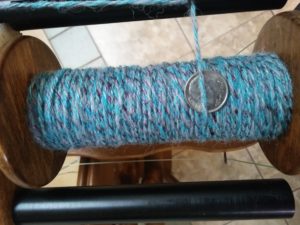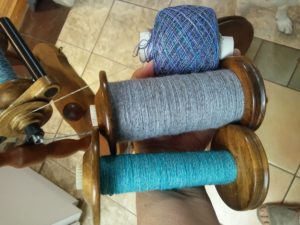More fun silkworm trivia from Weaving Today’s BeWeave It column!

Imagine flowing down the aisle in a darkened room in a silk wedding dress that glows red, orange, and green under a UV light. Scientists in Japan have been experimenting with breeding mutant silkworms that produce silk that glows under a UV light. These silkworms have had genetic material from other organisms inserted into their genomes so they produce a silk with fluorescent qualities. The transgenic critters have a red glowing protein from Discosoma corals, orange from the Fungia concinna coral, or a green fluorescent protein from jellyfish. Under white light the silk has a very pale color, but turn out the lights and turn on the UV light (think black lights from the 70s and 80s) and you have fabric that glows in the dark! The fluorescence is stable and continues to glow for years. Because the proteins are denatured with high heat scientists had to modify removing the serein from the cocoon. Wedding dress designer, Yumi Katsura, has designed gowns incorporating the fluorescent silk. What will the rest of the wedding party wear?!

How about pink silkworms, cocoons, and silk! While silk is a renewable resource, processing and dyeing it is not very environmentally friendly. Reeling and washing silk requires a lot of water and dyeing silk, and other fibers, not only requires large amounts of water, but releases toxins into the environment as well. In an effort to reduce both the water usage and toxic byproducts of dyeing, scientists have been looking at pre-dyeing silk by feeding the silkworms dyes that would permanently color their silk.
Biologists and engineers at the CSIR-National Chemical Laboratory in India have been experimenting with feeding silkworms mulberry leaves that had been dipped in azo dyes. Other dyes have been used, but they are very expensive. Several dyes were used but only one red dye succeeded in turning the caterpillars pink and infusing the final silk fiber a lovely pink. The other dyes were metabolized out of the digestive system in different ways, mostly in the proteins surrounding the silk fiber. The cocoons were colored but once the silk was processed the surface proteins were washed away along with the color. Work will continue to find dyes that are not toxic to the silkworms and create silks with color that is permanent and not fugitive.

Would you rather have your silkworms spin you a silk parasol? Well, scientists at MIT’s Media Lab are doing just that! A combination of 3D printing robotics and a silkworm’s need to spin silk have been combined to explore how to build architectural structures more efficiently. A 3D printer was programmed to act like a silkworm and spread a kilometer long silk fiber along a group of panels that were then put together to form a pavilion that was hung from the ceiling. Silkworms were then placed onto the panels and allowed to find their place and spin. By manipulating the density of the original silk fiber, the scientists were able to create openings that allow for seasonal and daily time estimates due to the positions of the apertures.
So next I would like to see a 3D printer create the basic structure for the transgenic silkworms to spin me a parasol that glows in the dark, all three colors please, with a lovely pink strip from the azo dye consuming silkworms!
